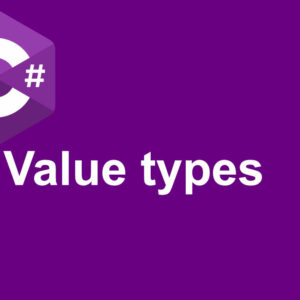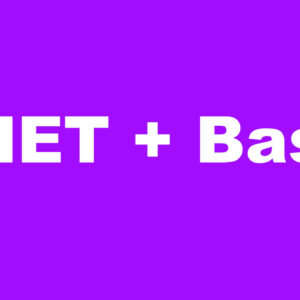One of the key features of C# is its support for C# reference types, which allow developers to create complex, object-oriented applications. In this blog post, we will take a closer look at what reference types are and how they are used in C# programming.
A reference type is a data type that stores a reference to the location of the data in memory, rather than the actual data itself. This means that when you create a variable of a reference type, you are creating a reference to an object in memory, rather than creating a new copy of the object. For example, when you create a string variable in C#, you are creating a reference to a string object in memory, rather than creating a new string object with the same value.
There are several advantages to using reference types in C#. First, because reference types store a reference to an object in memory, rather than a copy of the object, they are more memory-efficient. This is particularly important when working with large, complex objects, as it can save a significant amount of memory.
Second, reference types allow for greater flexibility and control in your code. Because reference types store a reference to an object, you can easily pass references to the same object between different parts of your code, allowing for greater code reuse and organization. This can make it easier to manage and maintain your code, especially in large, complex applications.
Third, reference types are also useful for implementing complex data structures, such as linked lists, trees, and graphs, as they allow you to create complex relationships between objects.
There are some things to consider when working with reference types. One is that because reference types store a reference to an object, rather than a copy of the object, any changes made to the object through one reference will be reflected in all other references to that object. This can lead to unexpected behavior if you’re not careful.
Another thing to consider is that reference types are not thread-safe by default. This means that if multiple threads are accessing the same object, it can lead to race conditions and other errors. To overcome this, you should use synchronization techniques, such as the lock statement, to ensure that only one thread can access the object at a time.
In conclusion, reference types are a powerful feature of C# that allows developers to create complex, object-oriented applications with greater flexibility, control, and memory efficiency. However, it’s important to understand the nuances of working with reference types, such as their potential for unexpected behavior and lack of thread-safety, and to take the necessary precautions to ensure that your code is safe and efficient.
Read more on Microsoft Learn.
Or the other C# articles.





